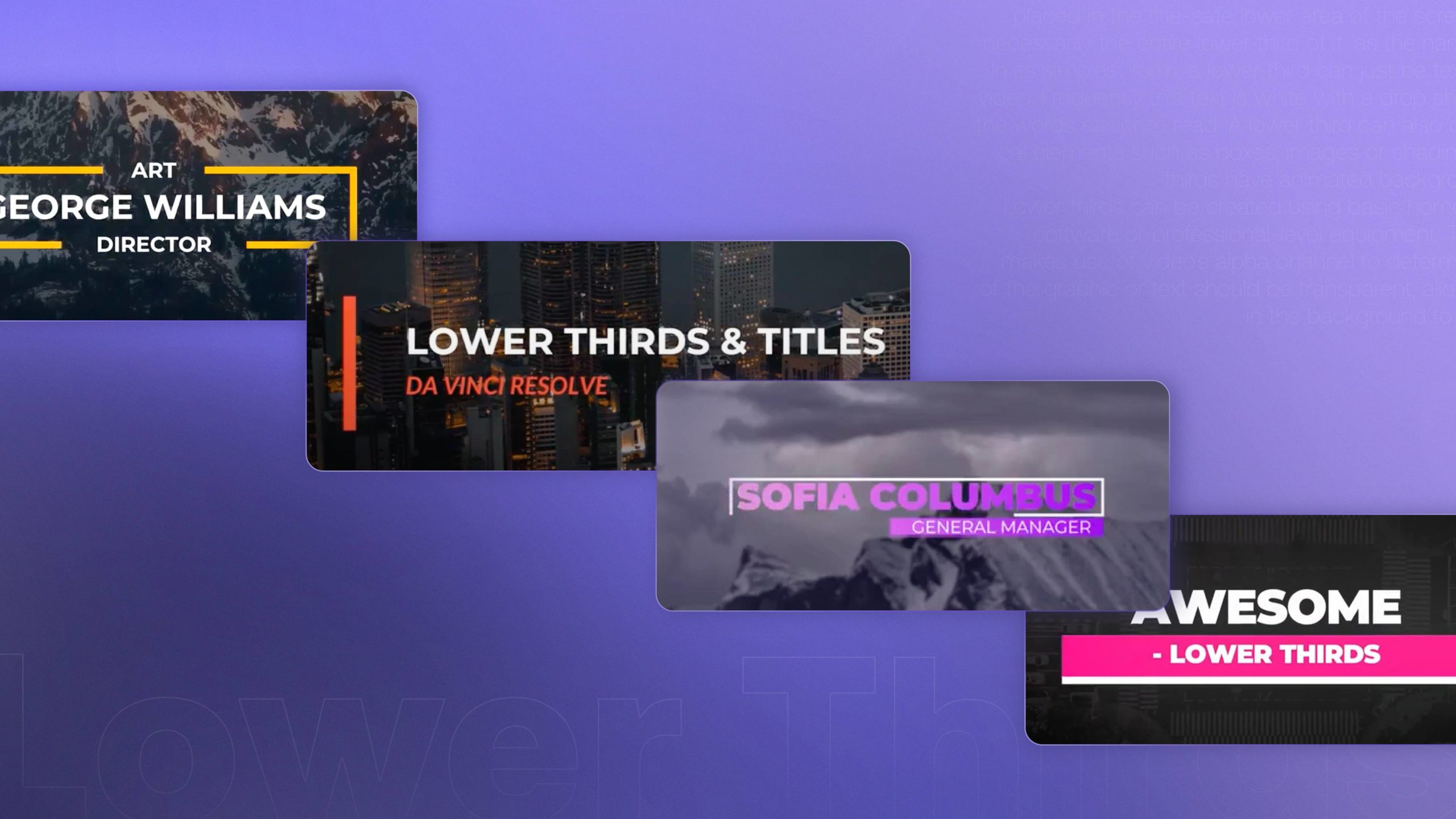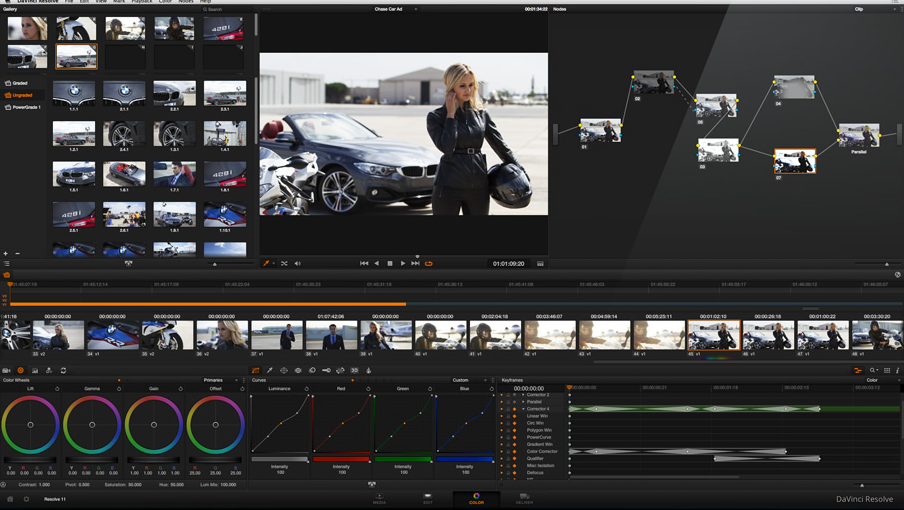

To simplify this process, the LUT essentially takes the data from your footage file and “translates” it into something much more true to life to look at in terms of color. It should look fairly natural in terms of saturation (how vivid your colors are), hue (the tone of your colors) and lightness (how light or dark your colors are).ĭaVinci Resolve has a selection of Lookup Tables (LUTs) to convert your footage to Rec709, depending on the camera you are using and the format you have chosen to record in. This is the standard or “neutral” color space you want to have before you start any color work. When you’ve shot in LOG or a similarly flat format – recommended to get the best results with your grade – then you first need to convert your footage into Rec 709. When done right, it will make the stylistic work more fun and easier to achieve coherence across the board. Think of color correcting as the priming of your canvas. Don’t worry – we’ll get to the cinematic color grading. This can be the most fiddly part: ensuring that all of your clips from the same scene or look are somewhat uniform and standardized. Before anything else, you need to color-correct your clips. Once you’ve imported your footage and added it to the timeline, make your way over to the DaVinci Resolve color workspace. The node window is in the top right-hand corner of your DaVinci color workspace. Note that in the examples, the changes we are implementing are almost always done to a new node. At this stage, just think of the node system as a different way of visualizing how you incorporate your different sets of instructions to get a final result. If you’re used to color grading in Final Cut Pro or Premiere Pro, you may be new to the node-based workflow in DaVinci Resolve color grading. Keep reading to get some of the basic principles and techniques under your belt. DaVinci Resolve color grading can be accessible and exciting if you approach it with the right attitude. studio version, this guide will illustrate just some of the tools you can access without paying a cent.

In fact, if you’re considering whether to commit to the DaVinci Resolve free vs. If you’ve clicked on this article, you probably already know that one of the best industry standard color adjustment tools – DaVinci Resolve 18 – is free. The good news? Color grading isn’t as intimidating as it seems. This guide will help you get one step closer to creating a cinematic grade on your own.Ĭolor is an evocative part of visual style. Or maybe you’re already there and want to start making more ambitious color grades.


As you progress and finetune your personal filmmaking style, you will inevitably want to start playing with color at some point. However, a master knows the power that color grading a scene in the right way can have on a viewer’s emotions. Beginner filmmakers may not think twice about tones and hues.


 0 kommentar(er)
0 kommentar(er)
